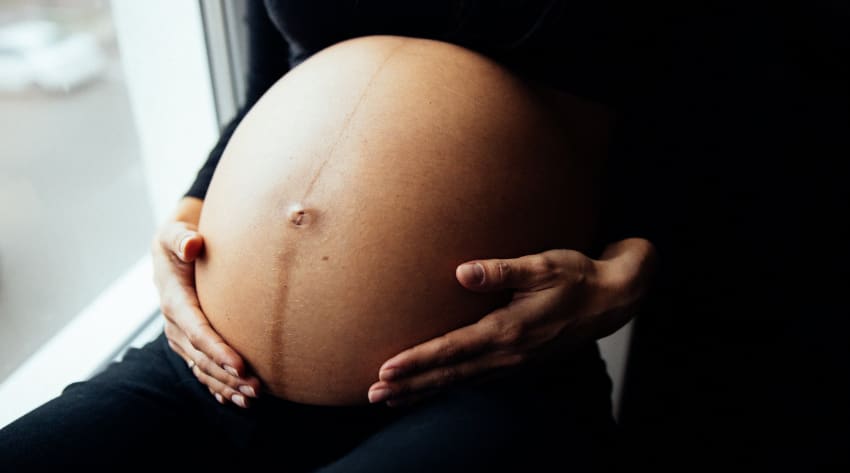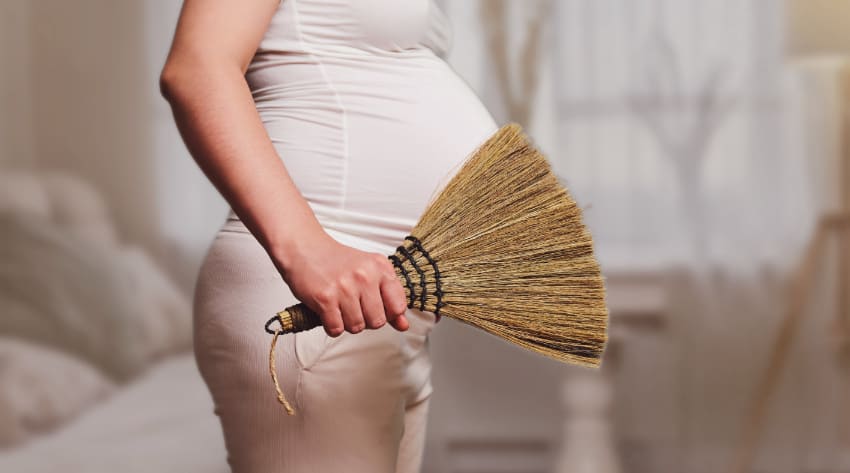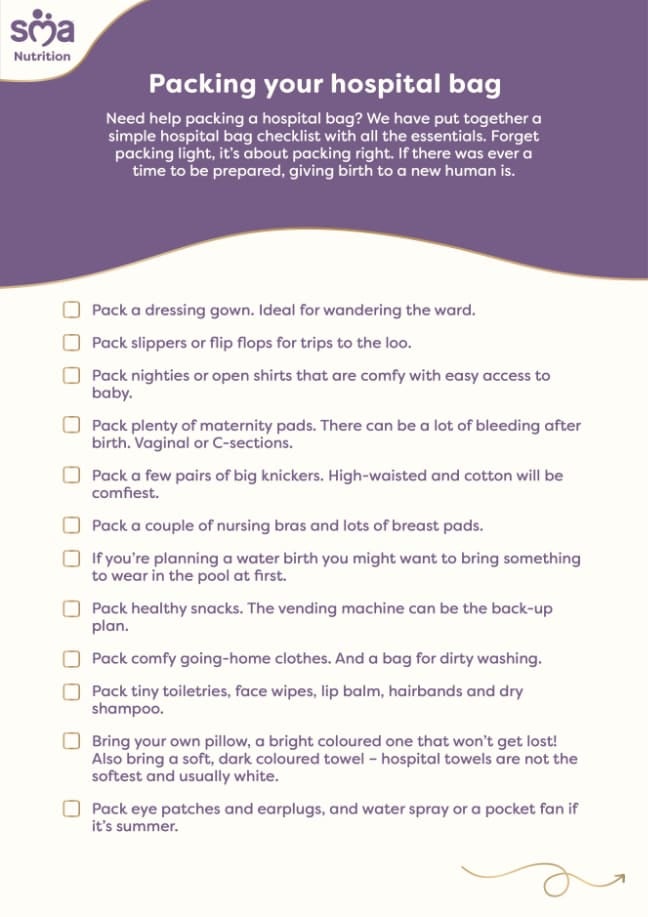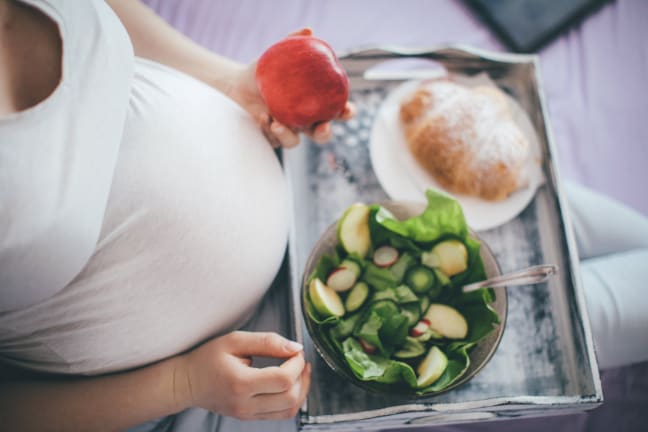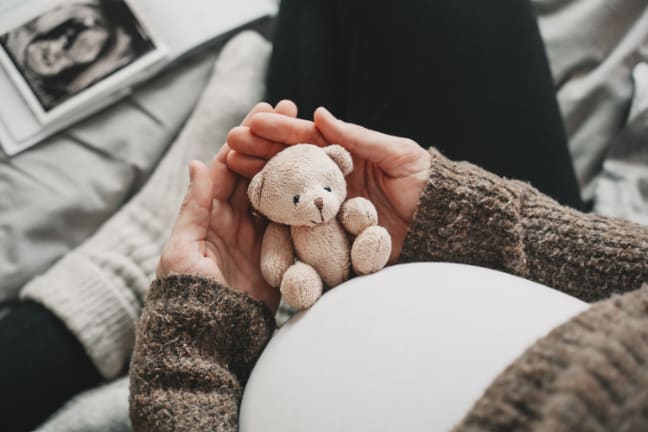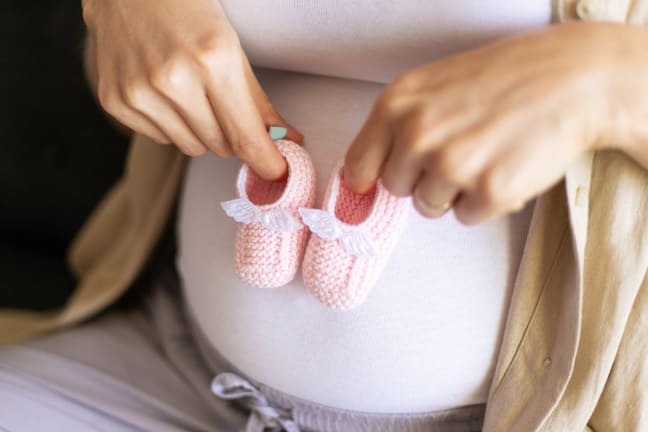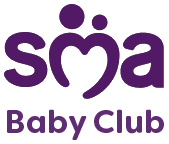Introduction
At week 33 baby’s skull is fully formed but still soft and pliable. Has the Linea Nigra made an appearance yet? This is the small line at the front of your stomach, find out more about this and other areas of skin which can get darker during the third trimester. Have you experienced leaky breasts? This is colostrum, find out more about why it’s so important. Got the itches? This is quite normal, read our advice to help soothe the symptoms. You might also be itching to nest (pun intended), follow our tips on safe nesting and what to expect at 33 weeks pregnant.
What happens at 33 weeks pregnant?
The size of your baby at 33 weeks could resemble a butternut squash, in size (rather than features). They will have swallowed a lot of your amniotic fluid by this point. In the early stages, this is mainly just yellowy and watery fluid that your body produces to help protect and cushion baby. But as baby’s kidneys start working (as early as week 14) they will learn to urinate, so at this stage of pregnancy most of the amniotic fluid will be made up of urine. Don’t worry, it’s fine. This means their intestines will gradually fill with meconium, a thick, greenish or blackish substance made from secretions and waste from ingested amniotic liquid. Don’t be alarmed when your baby’s first poo is all black and sticky, it’s totally normal.
Baby’s skull is fully formed but still very soft and pliable and the plates are not yet fused. During birth, these plates will slide over each other as they are pushed through the birth canal. You'll be able to see or feel the soft spots, otherwise known as ‘fontanelles’, in your baby's skull when they’re born. They won't finish closing until they’re about 18 months old.
What happens to your body at 33 weeks pregnant?
Have you noticed a new line down the front of your stomach? This is known as the ‘Linea Nigra’ which can appear during the final trimester and usually gets darker as pigmentation increases. During pregnancy, the placenta produces a hormone called ‘melanocyte’ which stimulates melanin. This can make some of your body parts noticeably darker. The Linea Nigra is usually less than 1cm wide and comes in many shades of brown. It can be seen most clearly right after baby has been born but is likely to disappear completely a few weeks after birth.
As you approach the end of your pregnancy, you may notice your breasts leaking. This is colostrum, a concentrated milk full of nutrients and antibodies. Your body produces colostrum for your baby to drink in those very first newborn days. If you’ve had a healthy pregnancy with no complications, breastfeeding right after birth gives baby the nutrients they require. However, if you’re expecting twins or more, or you’ve had any complications during pregnancy, ask your midwife about whether you should start harvesting your colostrum. Find out more about breast milk and its wonderful nutrients.
Some women experience something similar to contractions around this time and wonder if it’s early labour. These could be Braxton Hicks contractions which you may have heard being called ‘false labour’. They often last around 30 seconds at a time and are just a sign of your body preparing for the real thing. Speak to your doctor or the midwives at your hospital to be sure. If you’re wondering about what to expect, here are the signs of labour to look out for.
What to eat at 33 weeks pregnant?
It is important for you and your baby to gain enough weight during pregnancy, but the amount of weight gain at 33 weeks can vary from person to person. Only some of this weight gain is due to increased body fat (which is important to protect your baby and prepare for breastfeeding). Some of the weight gain is due to the weight of baby, the placenta, amniotic fluid, and the extra fluid in your bloodstream. This is all really important for the health of your baby, and the majority of weight gain occurs in the second and third trimesters. However, it is important that you don’t gain too much weight during pregnancy as this can increase the risk of complications. While it isn’t routine for your midwife to monitor your weight gain during regular appointments, do speak to them if you have any concerns.
What are the symptoms of 33 weeks pregnant?
Week 33 pregnancy symptoms can include itchy skin. You may have already experienced this during pregnancy due to pregnancy hormone changes, however it usually gets a bit more intense by week 33 especially around the breasts and belly. As your baby gets larger the skin stretches, and the oil glands can’t meet their normal moisture requirement. This is why the skin can get dry and itchy and hormone changes also contribute to the itchiness.
Thankfully there are a few things you can do to help ease the itching:
- Wear loose clothing, preferably natural materials such as cotton
- Try cooler baths to help sooth the itch, or dampen a flannel with cold water and place on the affected area to help relieve the itch
- Try keeping the area well moisturised to prevent dryness which contributes to the itch. Read our article for more skin care tips
Although itching in pregnancy is quite normal it can sometimes be a sign of a more serious condition, so it’s always best to contact the hospital, your GP or midwife and let them know you are experiencing itching.
Nesting when pregnant
In the last few weeks of pregnancy many mums-to-be have a strong desire to nest. All the excitement and anticipation of your new bundle of joy, and the desire to have everything just right is a totally normal urge. Not all mums have this urge and that’s normal too. Some women want to deep clean the entire house, others may want to paint pretty motifs in the nursery or simply arrange the tiny little onesies in drawers. Nest in any way you want but here’s a few things to bear in mind:
- Avoid climbing ladders – leave that to partners or any less wobbly members of the family.
- • Avoid too much exposure to cleaning products with lots of chemicals like bleach or oven cleaners.
- Don’t wear yourself out with bending and cleaning floors or vacuuming vigorously.
- If ever there was a time you could get away with some serious delegation it’s now!
Labour bag checklist
It’s a great time to start getting ready for the birth, so try and make a list of things to pack for the hospital. We have put together a simple hospital bag checklist with all the essentials, download or print and get started.
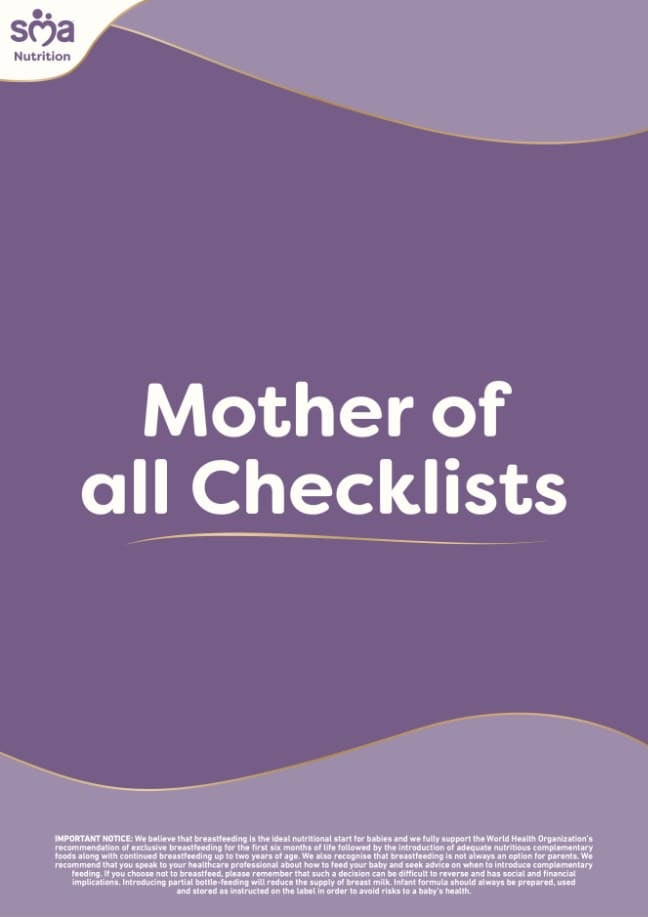
Join SMA® Baby Club to receive the Mother of all Checklists. With 63 checklists across your parenting journey from pregnancy through to toddlerhood we have you covered.




